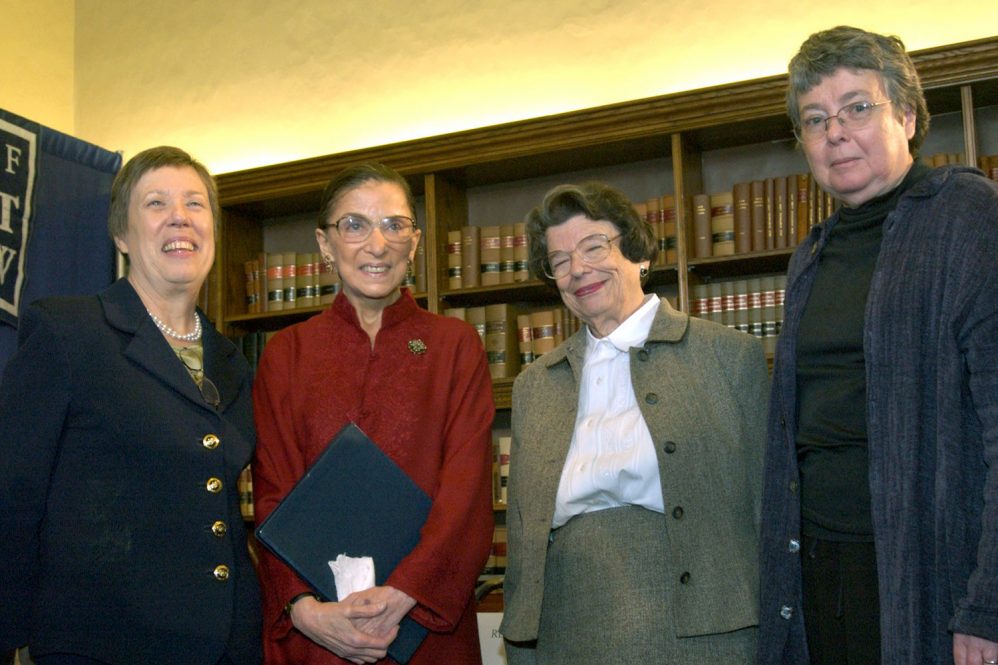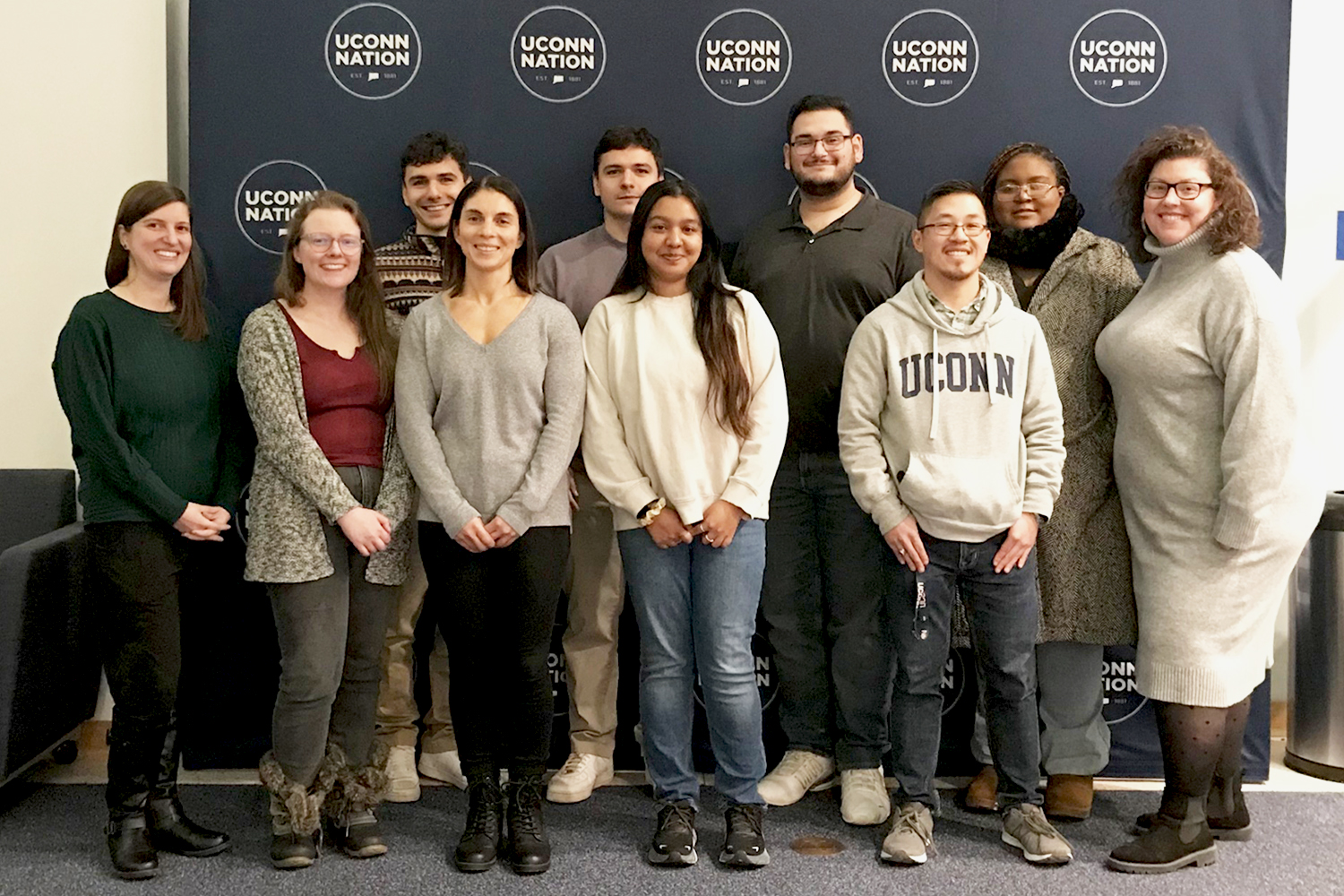Although women have been part of the UConn School of Law from its founding as the Hartford College of Law, the path toward equity in legal education and the profession has been long and challenging.
“A Century’s Journey: Women at the University of Connecticut School of Law,” the fourth in the law school’s series of short histories, explores that path and touches on the inspiring stories of many UConn Law alumnae. Anne M. Hamilton, a 1973 graduate of UConn Law who became a journalist with The Hartford Courant, researched and wrote the book, which was published this month. 
At its opening in 1921, the Hartford College of Law advertised “evening classes for men and women,” a remarkable gesture just a year after women in the United States won the right to vote. The school’s co-founder, Caroline Lillard, worked with her husband George to establish the school and build its reputation. Its first graduating class, in 1924, included J. Agnes Burns, who went on to become a Connecticut state representative.
Despite those early breakthroughs, women remained a tiny minority at the law school and in the legal profession for the next 50 years.
“Often in this era there were only two or three women in a class, sometime even just one,” Hamilton wrote. “And the challenges these women faced by no means ended when their law studies did. Graduating, they entered careers where they were routinely mistaken for secretaries, asked to make coffee, or questioned by court personnel if they took a seat in the area of the courtroom reserved for attorneys.”
Female faculty were a greater rarity than female students. Shirley Raissi Bysiewicz ’54 joined the faculty in 1956 and served chiefly as a librarian. She was not granted tenure until 1972 and was the only woman on the faculty until Professor Carol Weisbrod was hired in 1977.
The tide began to turn, ever so slowly, in the 1970s, when the trickle of women seeking a legal education began to grow. Women in law school still faced professors who would not call on them in class and later law firms that would not hire them. Yet they persevered, and female UConn Law graduates became law firm partners, judges, elected officials, and community leaders.
More women joined the faculty and now account for fifty percent of the law school’s full-time faculty. In 2000 Nell Jessup Newton became the first woman to serve as dean. Women students now outnumber men, and women lead many of the law school’s journals and student organizations. Women constitute about a third of the nation’s lawyers, although they are still underrepresented among equity partners in law firms.
Eboni S. Nelson, the law school’s third female dean and the first Black person to serve in the post on a non-interim basis, said the new book tells a crucial part of the UConn Law story. “When we look closely at the history of UConn Law, we see how women have played an instrumental role in establishing our remarkable legacy of progress, excellence and impact,” she said. “We became greater as we opened the doors of opportunity wider, and that trend continues today.”
Earlier books in the series are: “Born Fighting: Clinical Education at the University of Connecticut School of Law” by Professor Kent Newmyer and alumna Tatyana Marugg ’19, “Still We Rise: African Americans at the University of Connecticut School of Law” by Constance Belton Green ’72, and “Hard Times and Best of Times: The University of Connecticut at 39 Woodland Street,” by Newmyer and John Khalil.



